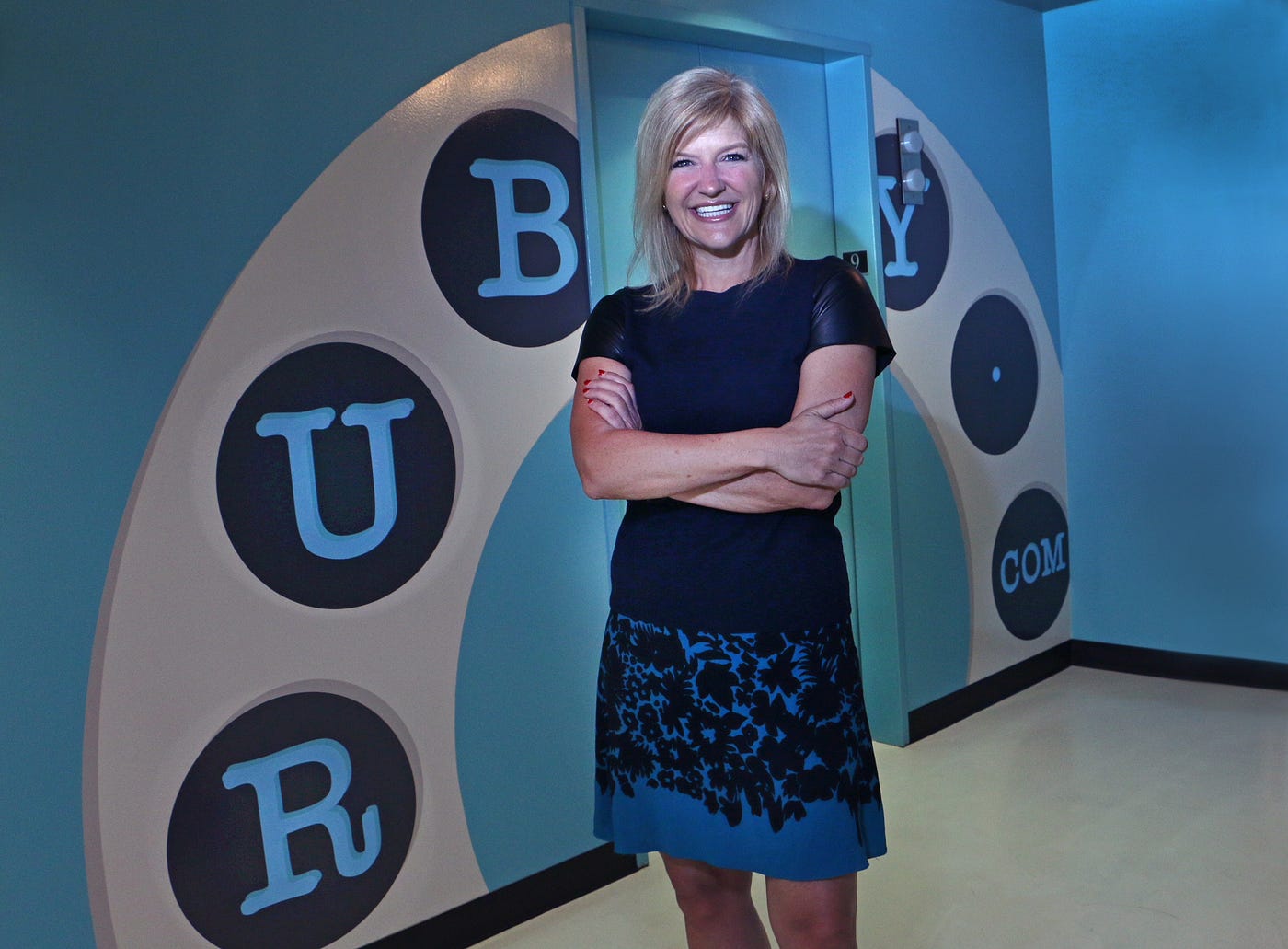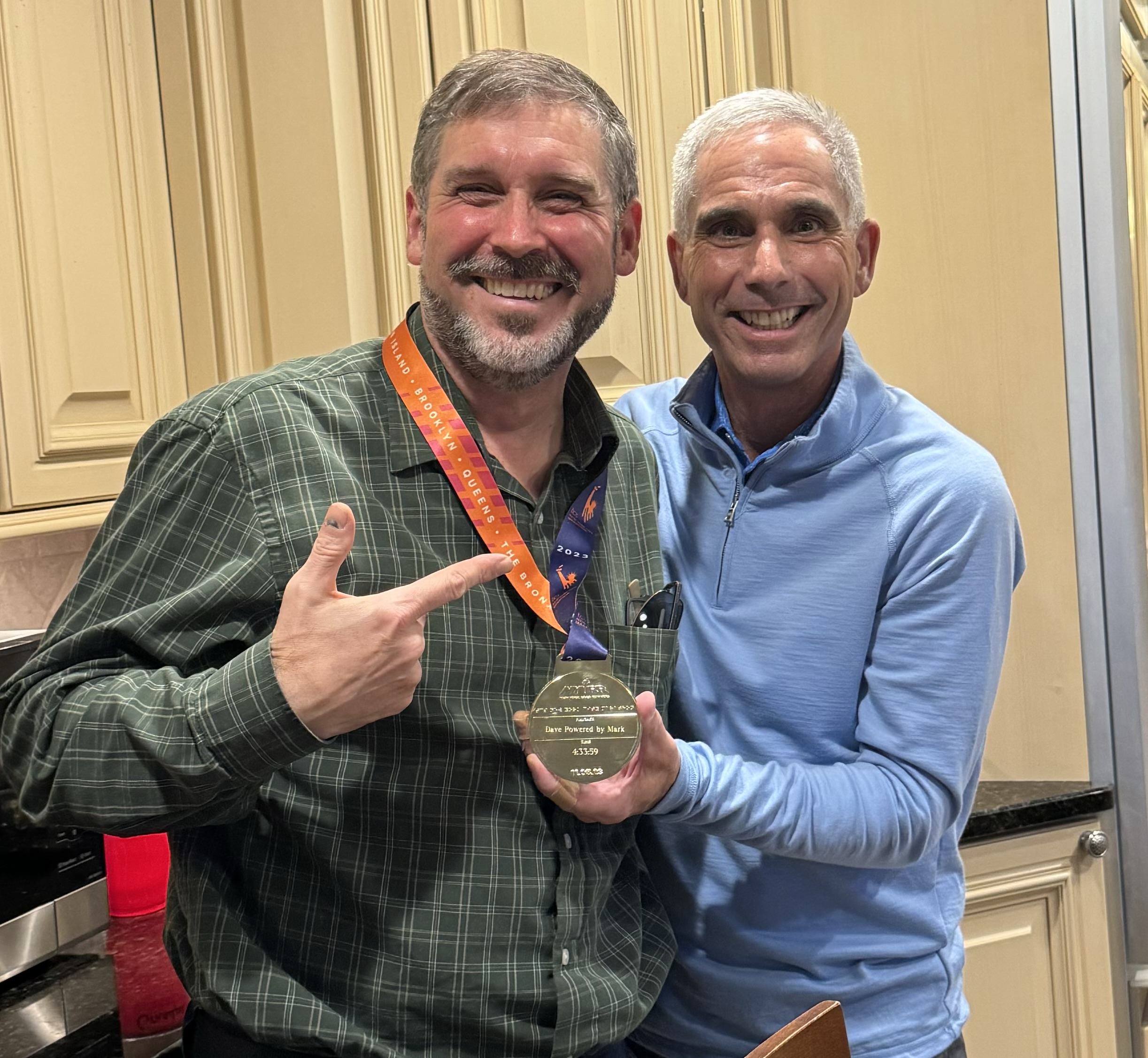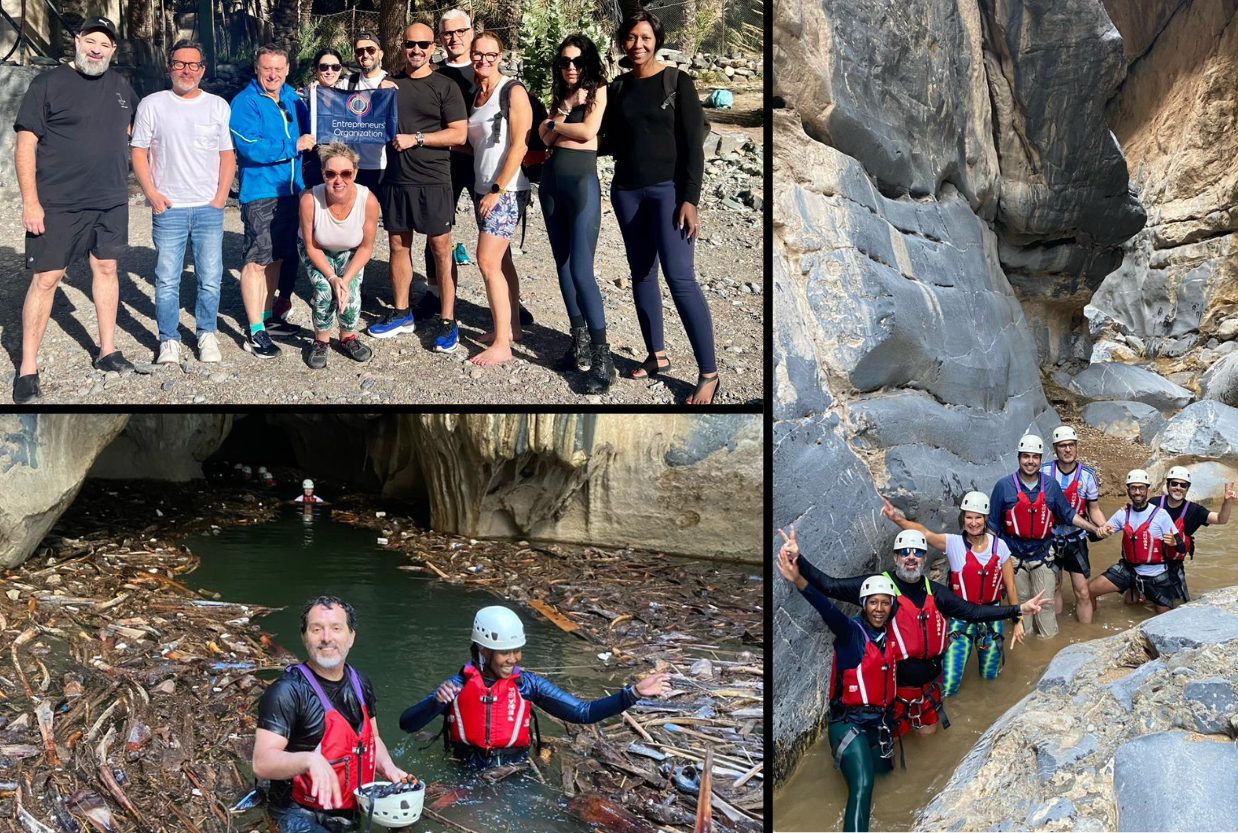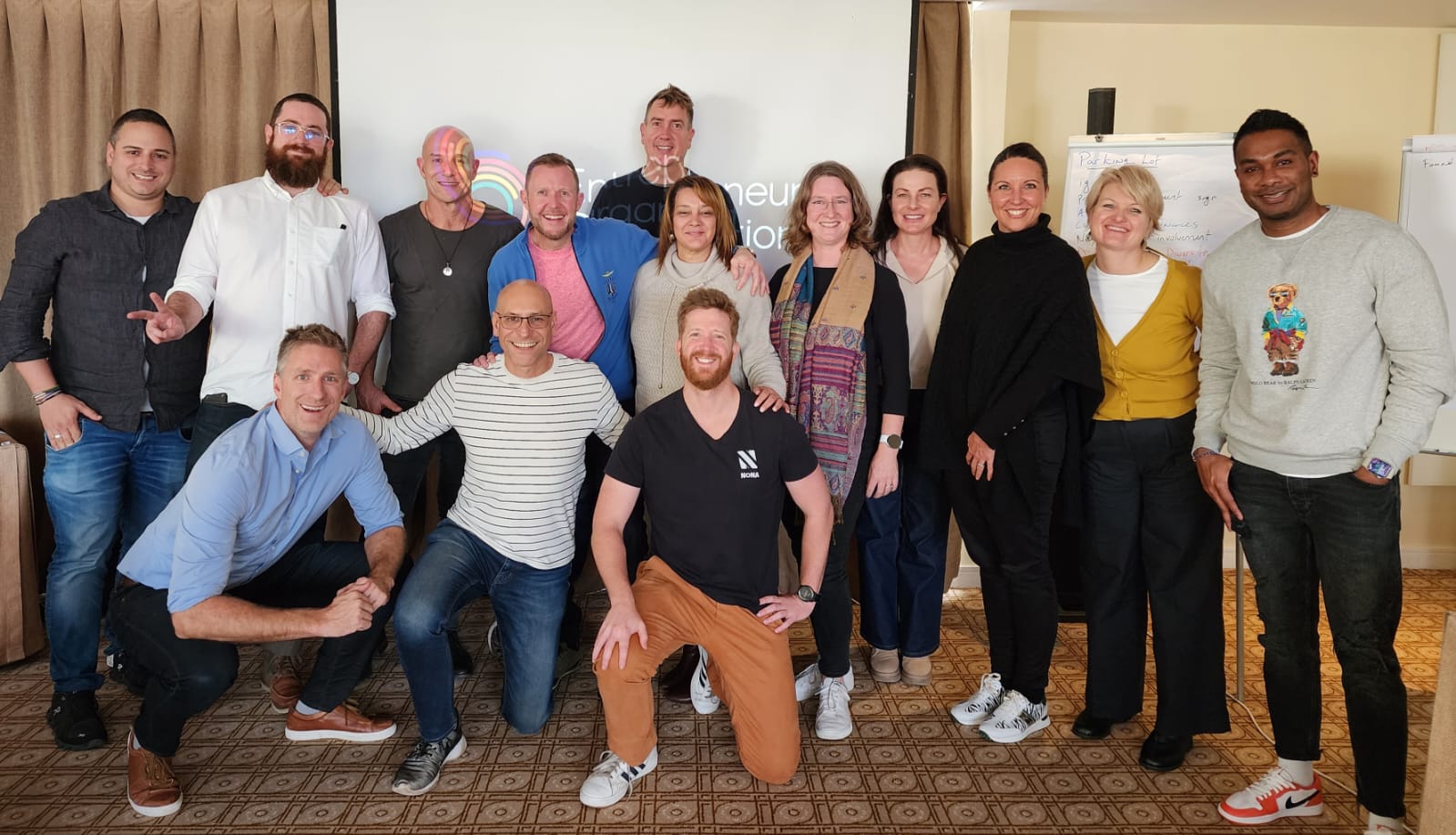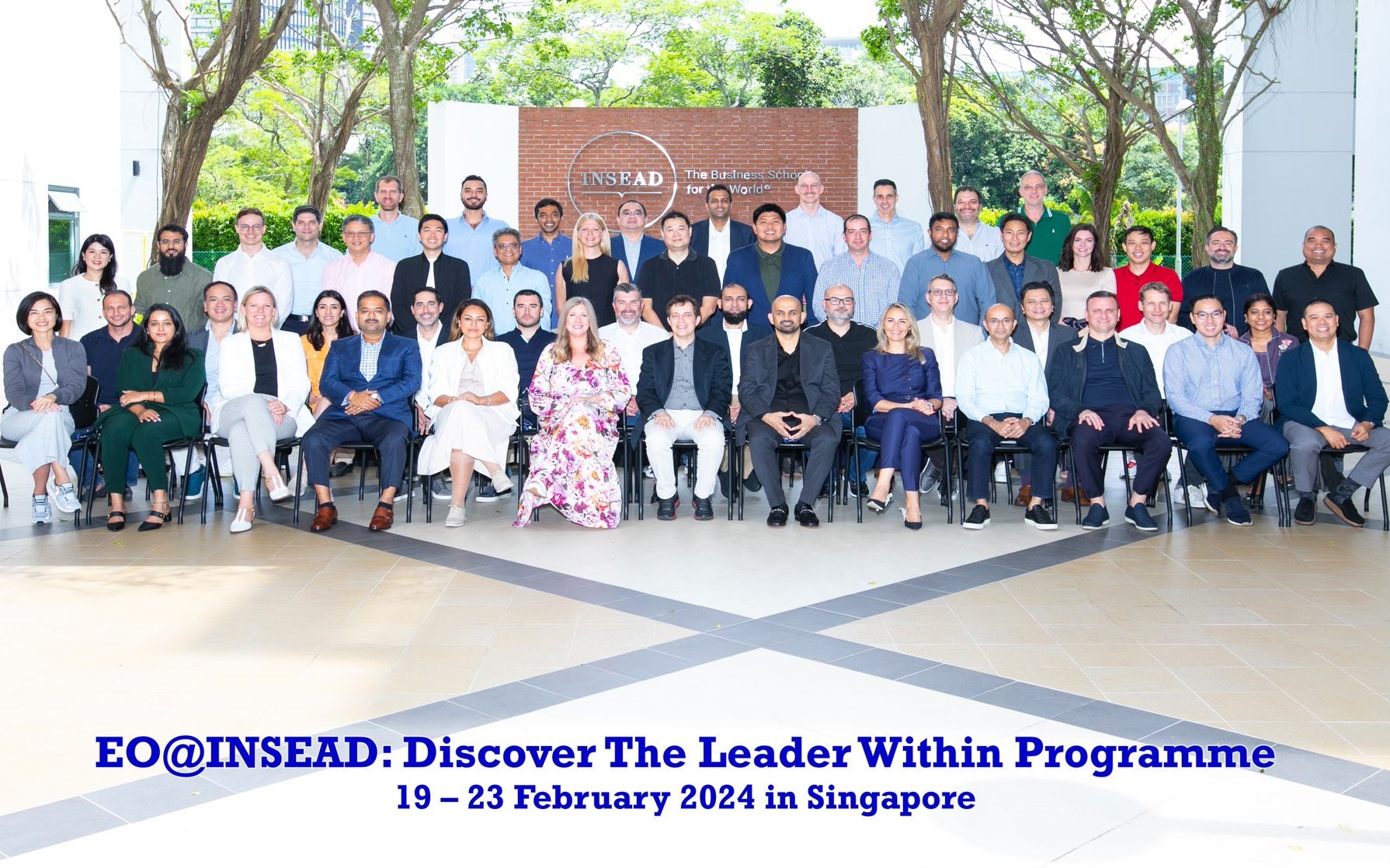From Startup To Life-Changing Exit – The 4 Secrets Behind Ruby Receptionists’ Amazing Success
A study of Jill Nelson offers a Master class on what it takes to build a thriving business. As an entrepreneur, you will cross paths with many fellow founders. Some will inspire you, others will… Read more »

